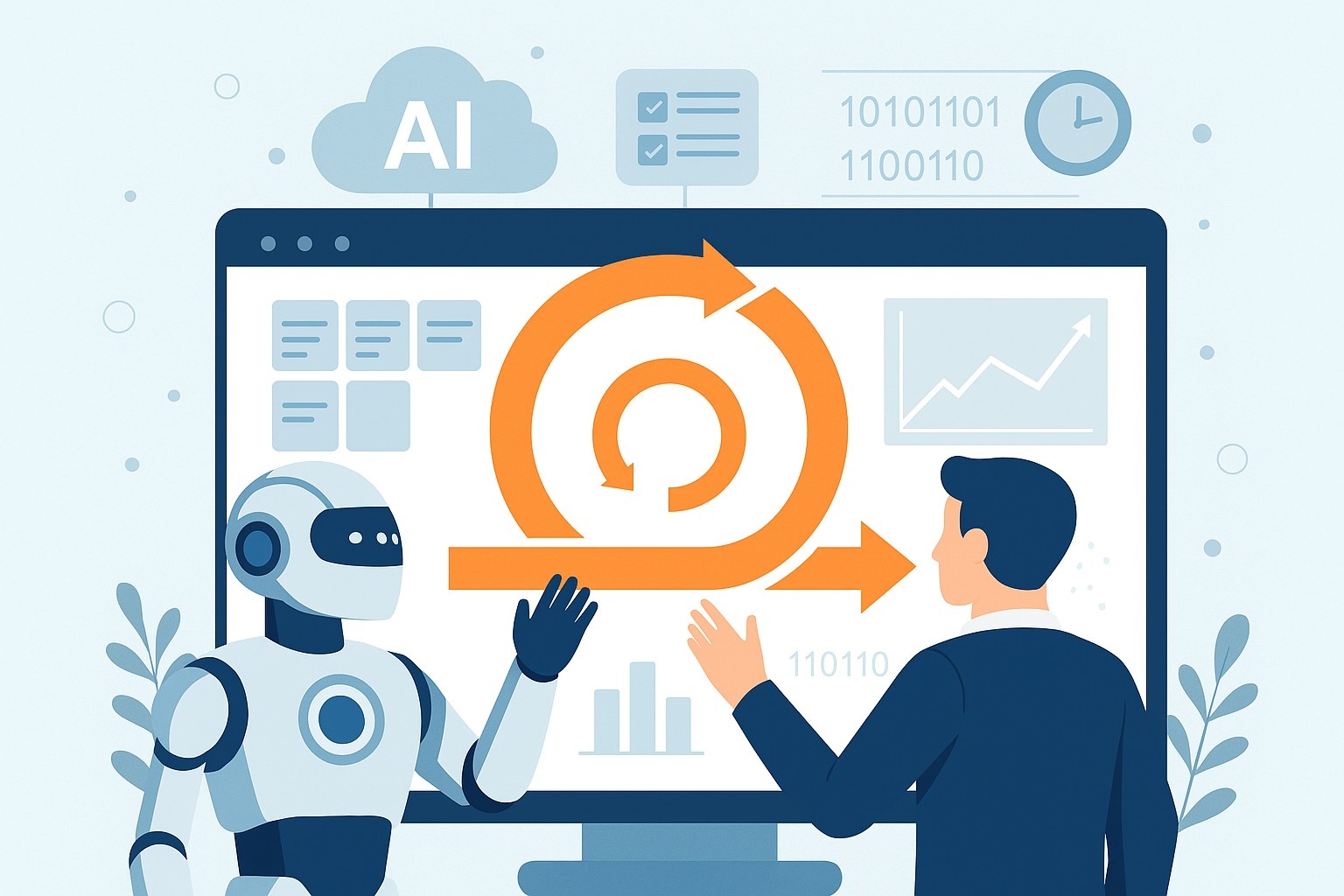In the rapidly evolving world of software development, Scrum has emerged as a leading Agile methodology. It offers a consistent, adaptable approach to deliver value to customers in unpredictable environments. At UC Agile, we recognize the importance of implementing Scrum effectively to ensure the success of our projects and the satisfaction of our clients. This blog post will guide you through the process of Scrum implementation, drawing from industry insights and best practices.
What is Scrum?
Scrum is a framework that facilitates teams to address complex adaptive problems while productively and creatively delivering products of the highest possible value. It’s not a methodology but a framework for managing a process. It involves delivering quality products iteratively and incrementally in a time-boxed manner.
Roles in Scrum:
- Scrum Master: The Scrum Master supports the team in enhancing and streamlining the processes by which they can achieve their objectives. They also protect the team from both internal and external distractions.
- Product Owner: The Product Owner is responsible for maximizing the value of the products produced. They own the product backlog and ensure that the backlog is healthy and prioritized.
- Development Team: The Development team creates the product as a whole. They are involved in coding, testing, etc., to ensure a quality product is delivered in a time-boxed manner. They are self-organizing, cross-functional teams responsible for all the work necessary to produce a working software or product.
Scrum Implementation Plan:
- Define Your Scrum Elements: Form your Scrum team, prepare for the sprint, set your sprint duration, plan your Scrum ceremonies, and determine your definition of done (DoD).
- Organize and Get Familiar with Your Product Backlog: The product backlog contains everything that has been deemed valuable to work on. It will contain all of the features (and in some cases, fixes and technical items) that you want to deliver — prioritized in order of value.
- Plan and Complete Your First Sprint: Your sprint begins with a sprint planning session. In this meeting, the Scrum team decides which items from the product backlog will be completed during the upcoming sprint. The agreed-upon items then live in the sprint backlog.
- Use the Past to Define the Future: After the last sprint ends, the next one begins. But before you kick off a new sprint planning meeting, take time to celebrate with your team, reflect on how your first sprint went, and consider what could be improved.
Benefits of Adopting Scrum Framework:
- Regular Deliveries for Ongoing Improvement: Frequent delivery allows for continual improvement while also helping to better manage client expectations and meet their demands.
- Encouraged Groups to Get Better Outcomes: Regular deliveries allow team members to observe outcomes quickly and convey a sense of advancement.
- Independence and Strength: Scrum provides a high level of autonomy to the team members, which motivates and empowers them to carry out ever-more-complex tasks.
- Quality Items to Satisfied Customers: The product’s quality is at the top of the list of Scrum benefits. Metrics are calculated at the end of each iteration and provide us with a thermometer of how far we have progressed in the advancement of the product.
- Progressive Growth: A project’s success heavily depends on how the client identifies and prioritizes the requirements. The requirements are prioritized and assessed in the Planning meeting, and when the team members have clarified their doubts, the estimating is carried out so that they can be built in the following iteration.
Conclusion:
Scrum implementation is not just about the product or the organization, it is also about the ‘PEOPLE’,
it is about us! At UC Agile, we believe in the power of Scrum to transform our work processes, enhance team collaboration, and deliver high-quality products to our clients. By following the Scrum implementation plan and understanding the roles and benefits of the Scrum framework, we can ensure a smooth transition to this Agile methodology. Remember, the key to successful Scrum implementation lies in the people practicing it. So, let’s embrace Scrum and embark on this journey together to deliver the best to our users.



